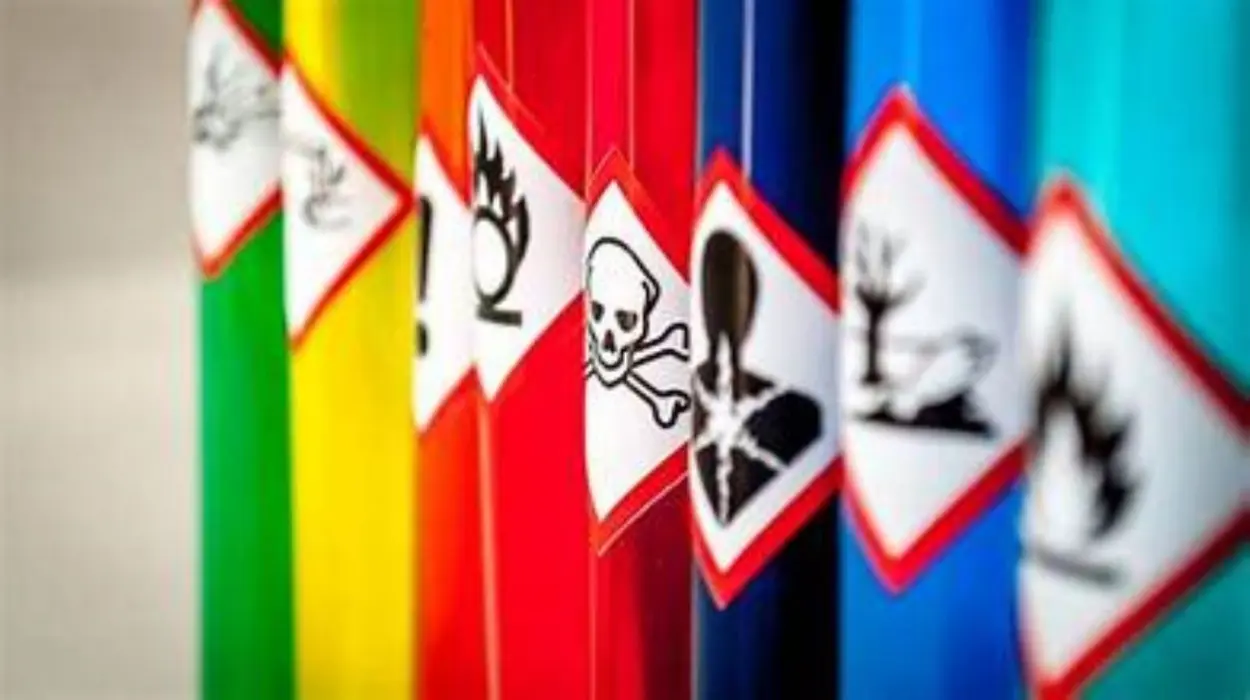The European Union has reached a landmark agreement to streamline the assessment of chemicals across member states, marking a significant step forward in protecting public health and the environment. This new framework, known as the “one substance, one assessment” (OSOA) package, aims to unify and simplify how chemical hazards and risks are evaluated throughout Europe, reducing duplication and improving transparency.
Streamlining Chemical Assessments: What the Agreement Entails
The OSOA package, a key component of the EU Chemicals Strategy for Sustainability, consists of three legislative proposals designed to overhaul the current fragmented system of chemical evaluations.
Centralized Data Platform for Chemicals
At the heart of the reform is the creation of a common data platform. This centralized hub will consolidate information on chemical hazards, physicochemical properties, environmental presence, emissions, uses, and ongoing regulatory processes. By integrating existing databases such as IPCHEM, PACT, and EUCLEF, the platform will improve data accessibility and interoperability for regulators, companies, and the public.
Enhanced Cooperation Among EU Agencies
The package reallocates technical tasks and fosters improved cooperation between four key EU agencies: the European Chemicals Agency (ECHA), European Food Safety Authority (EFSA), European Environment Agency (EEA), and European Medicines Agency (EMA). This collaboration is intended to harmonize assessments, ensuring consistency and reducing redundant evaluations.
Notification and Monitoring Systems
Companies will be required to notify authorities when they commission or conduct studies on chemicals, a process estimated to take only about 30 minutes per notification. Additionally, the framework includes a monitoring and outlook system for early detection of chemical risks, enabling quicker regulatory responses to emerging threats.
Expected Benefits of the OSOA Package
Increased Efficiency and Transparency
The new system is designed to improve the efficiency, coherence, and quality of chemical assessments across the EU. By avoiding duplicate testing and assessments, it will reduce regulatory burdens on companies and accelerate decision-making processes.
Reduction in Animal Testing
A significant advantage of the OSOA framework is the potential to lower animal testing by sharing data and assessments more effectively among agencies and member states.
Support for Innovation and Sustainability
The initiative aligns with the European Green Deal and the Chemicals Strategy for Sustainability, promoting the design and use of chemicals that are safe and sustainable by design. This will support innovation while ensuring high safety standards.
Limited Impact on Small and Medium Enterprises
The agreement minimizes additional burdens on small and medium-sized enterprises, primarily requiring them to notify studies without imposing extensive new regulations.
Reactions from Key Stakeholders
Jessika Roswall, the EU Commissioner for Environment, Water Resilience, and a Competitive Economy, praised the agreement as a major step toward better and faster protection of health and the environment. She emphasized that the OSOA package will benefit people, companies, and authorities alike by increasing transparency and scientific consistency.
MedTech Europe, representing the medical technology industry, welcomed the OSOA package for its potential to harmonize chemical assessments and reduce unnecessary regulatory duplication. However, they urged the EU to ensure that ECHA has sufficient expertise and resources to manage its expanded responsibilities. They also called for clear interfaces between different regulatory frameworks such as REACH and RoHS and stressed the importance of protecting confidential business information on the common data platform.
Legislative Progress and Future Outlook
The European Parliament voted in favor of the OSOA legislative proposals on April 1, 2025, a crucial milestone before final negotiations with the Council of Ministers. The agreement reflects the EU’s commitment to creating a more coherent, transparent, and efficient regulatory environment for chemicals.
Budgetary considerations for the initiative mainly involve administrative and human resource costs for the Commission and involved agencies, which are expected to be manageable within the overall OSOA package.
The EU’s agreement to streamline chemical assessments through the OSOA package marks a transformative moment in European chemical regulation. By centralizing data, enhancing agency cooperation, and simplifying processes, the EU aims to protect public health and the environment more effectively while supporting innovation and sustainability. This unified approach promises faster, more transparent, and scientifically consistent chemical safety evaluations, setting a new standard for regulatory frameworks worldwide.









